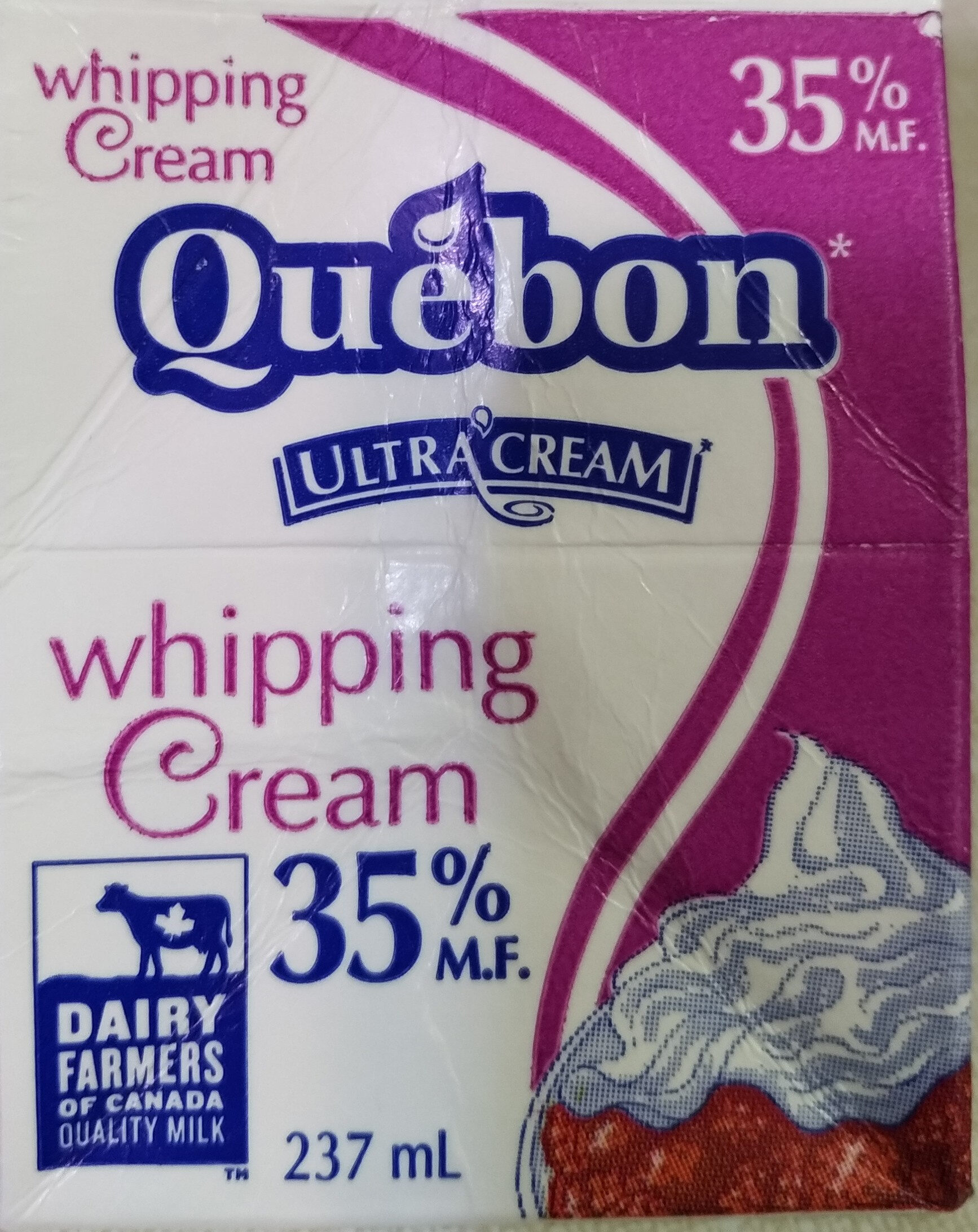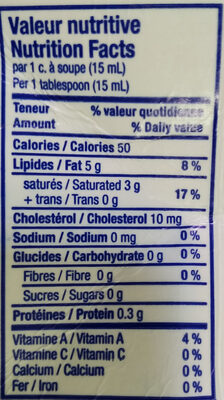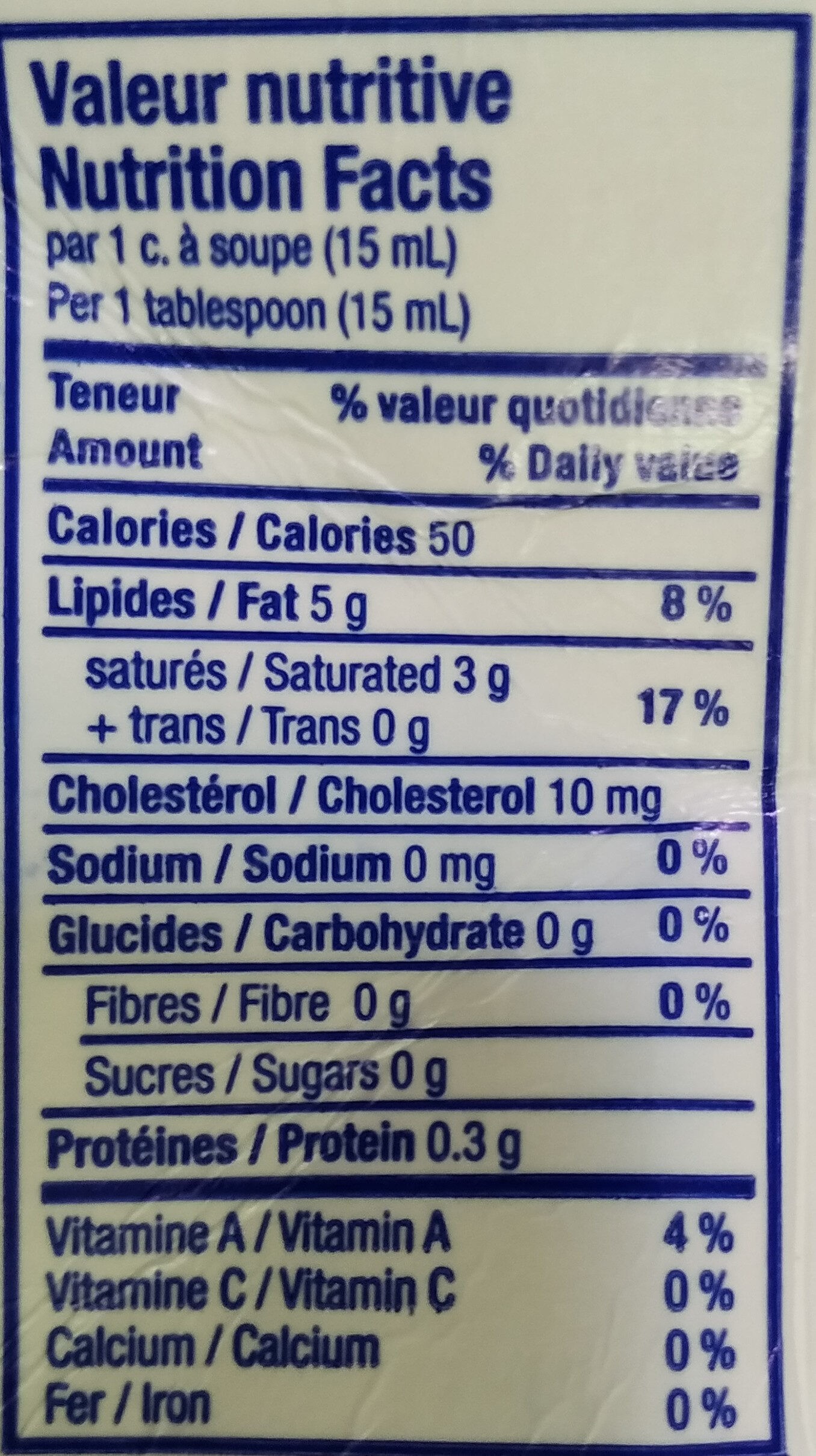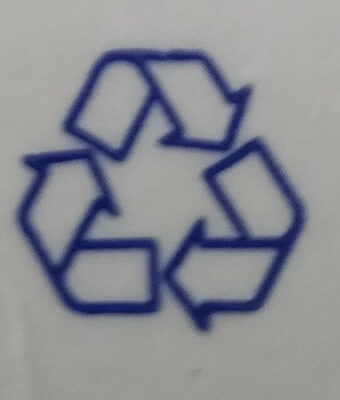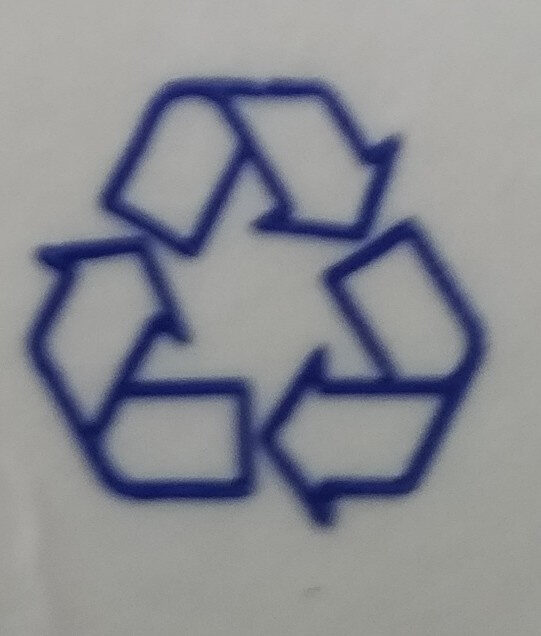Whipping cream - Québon - 237 ml
This product page is not complete. You can help to complete it by editing it and adding more data from the photos we have, or by taking more photos using the app for Android or iPhone/iPad. Thank you!
×
Barcode: 0055872140514 (EAN / EAN-13) 055872140514 (UPC / UPC-A)
Quantity: 237 ml
Brands: Québon
Categories: Dairies, Creams, UHT Creams, Unfermented creams, Squirty creams, Whipped cream under pressure UHT
Manufacturing or processing places: Canada
Stores: Maxi
Countries where sold: Canada
Matching with your preferences
Report a problem
Data sources
Product added on by openfoodfacts-contributors
Last edit of product page on by packbot.
Product page also edited by plamen, wafaa123.
If the data is incomplete or incorrect, you can complete or correct it by editing this page.

